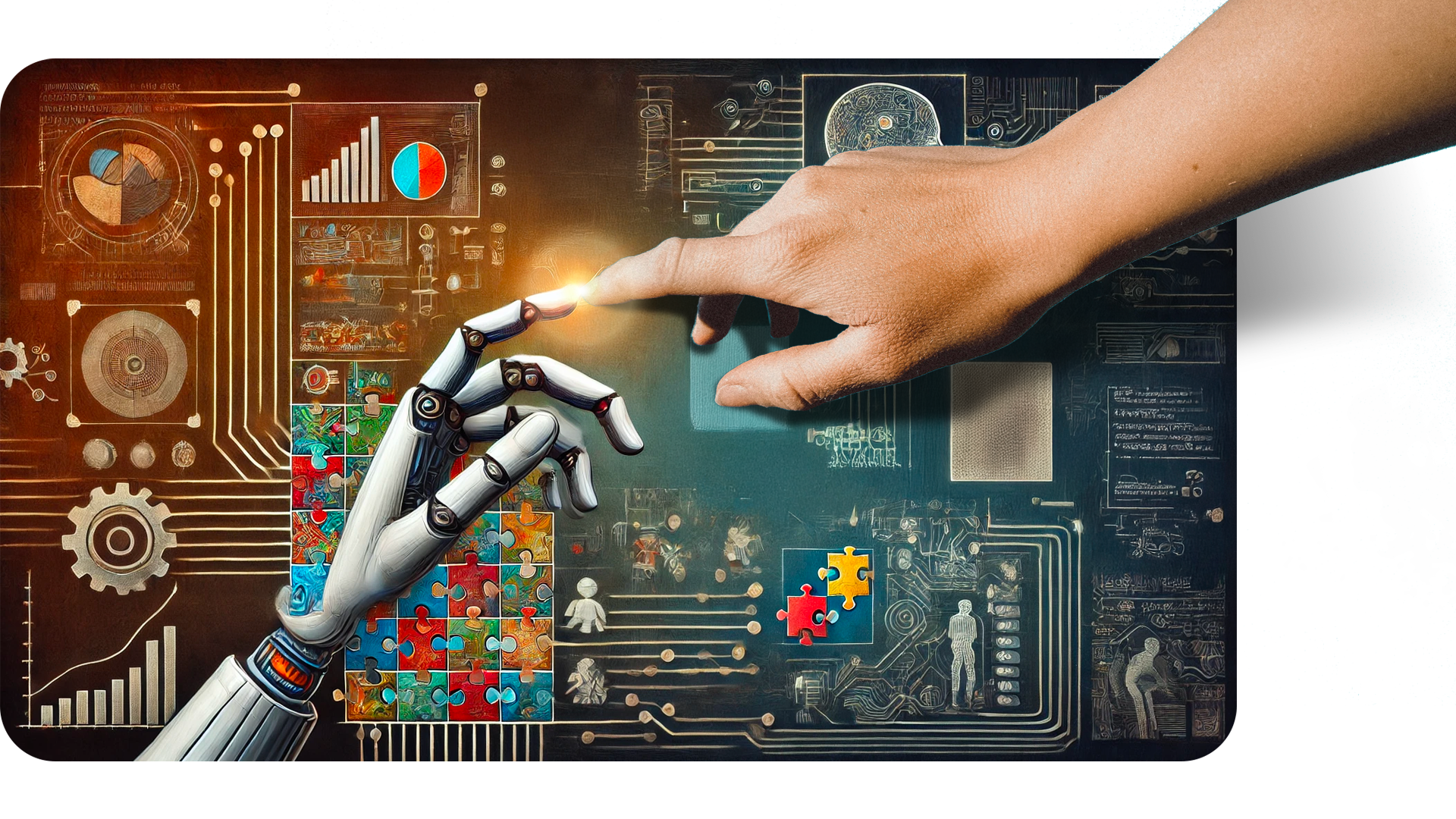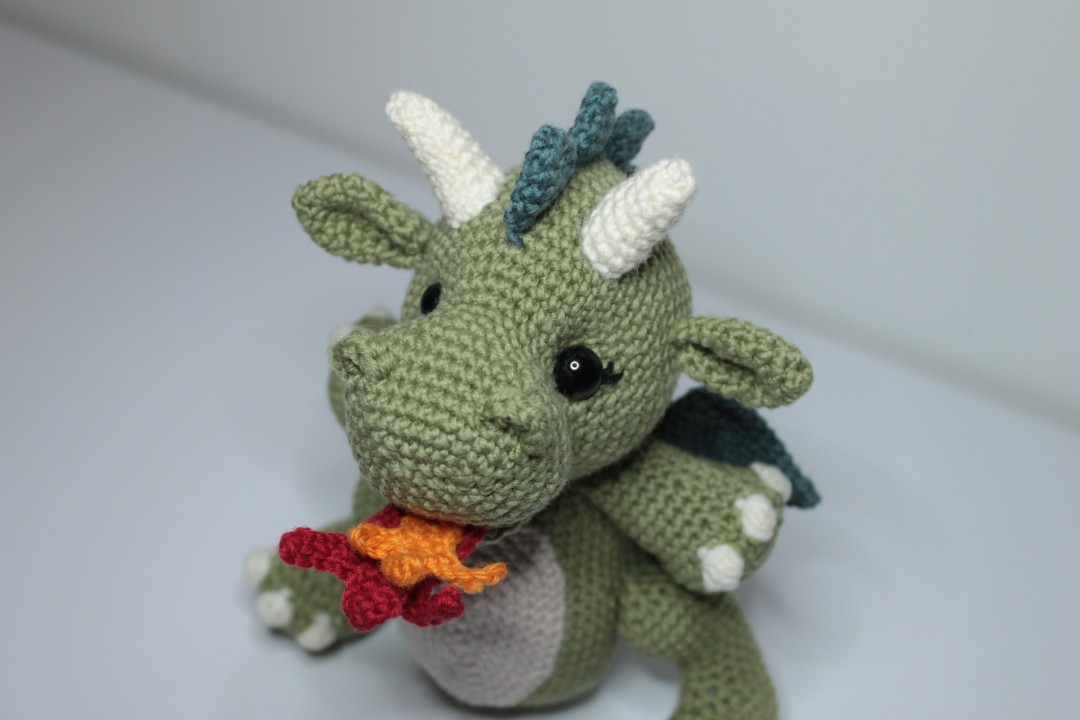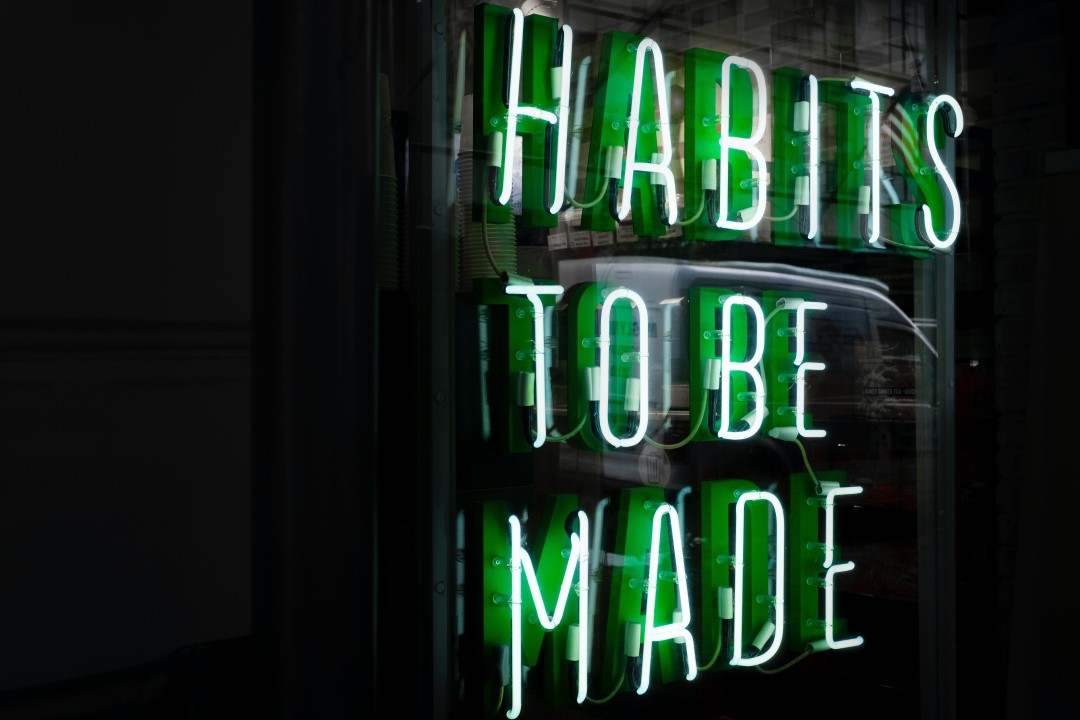Originally published on Linkedin 17/01/2025
“The last best experience that anyone has anywhere, becomes the minimum expectation for the experience they want everywhere.”
Bridget van Kralingen, Senior VP of IBM Global Markets, have never been more right today than when she said those words a few years ago.
As designers it is crucial for us to understand what is the minimum expectation of the customer. The faster we can meet that baseline with our designs, the more time we have to spend on crafting what will bring joy and delight to customers beyond that minimum expectation.
We will come back to this concept so put a mental pin in it for now.
If AI does 80% of everything, is 20% all that is left?
I've noticed that most articles and talks about AI says AI will doing 80% of a given role.
The notion is that AI can do 80% of a given job and since AI can learn immensely faster than humans, an AI could very quickly become 80%-expert of all jobs.
The scare scenario is that theres only 20% of the work left for humans... I'm not convinced that is how it will play out.
If AI can do 80% of a job, then all companies in a given industry can do that 80% without any effort, which means it becomes a baseline, a commodity. It becomes a minimum expectation.
As we established earlier, a minimum expectation is something that just needs to be in place. It is not a differentiator, it is not what will make a company stand out to its customers.
I will argue that 80% suddenly is much closer to 0%.
Which means the remaining 20% becomes the main focus of differentiation, effectively making it where companies will want to focus the majority of their energy on to stand out.
The 20% becomes the new 100%.
Where is the new battlefield of differentiation in the customer experience?
The 20% (the new 100%) are found in two areas on either side of the strategic spectrum:
1: Contexts, empathy and concepts
AI is full of knowledge, facts and information. But it is like a clever toddler living inside a cardboard box. It needs to be fed context, empathy and concepts. Think about yourself as an "AI herder".
- Context is having a full, rich picture of where something created will thrive and stand out. That includes using experience and understanding of the wider world to shape the right solution.
- Empathy is basically the human emotional context. It's understanding human nature and what drives us.
- Concepts is the creativity and briefs we give AI as a "starter for 10", something to point it in the right direction knowing additional course-correction will be needed later.
2: The devil is in the details
The creative output of AI is never right.
It just isn't.
It can be miles off or it can be close as 80%, but it is never be fully there.
Today we, as a digital design industry, rely on "quick to market" methods like iterative design, launched prototypes and MVPs. But deep down we, as designers, know this is lazy and that it runs a significant risk of alienating our customers by presenting them with subpar experiences.
This will simply no longer be good enough.
Attention to details, crafting the little things with care, spending time methodically going through all the fringe cases, the little moments of joy and shaping them to the T, becomes where the winning experiences will emerge.
And that doesn't mean it will have to look polished. Polished AI can do. What we are looking for is human touch that customers, as humans, can relate to. It might well be that imperfection is the new perfect.
In fashion and art we already see a emergences of the hand-crafted artefacts and in all of us there is a growing desire for the human touch.
At least that's what I think. What are your thoughts on where humans will make an impact in an AI baselined world?







